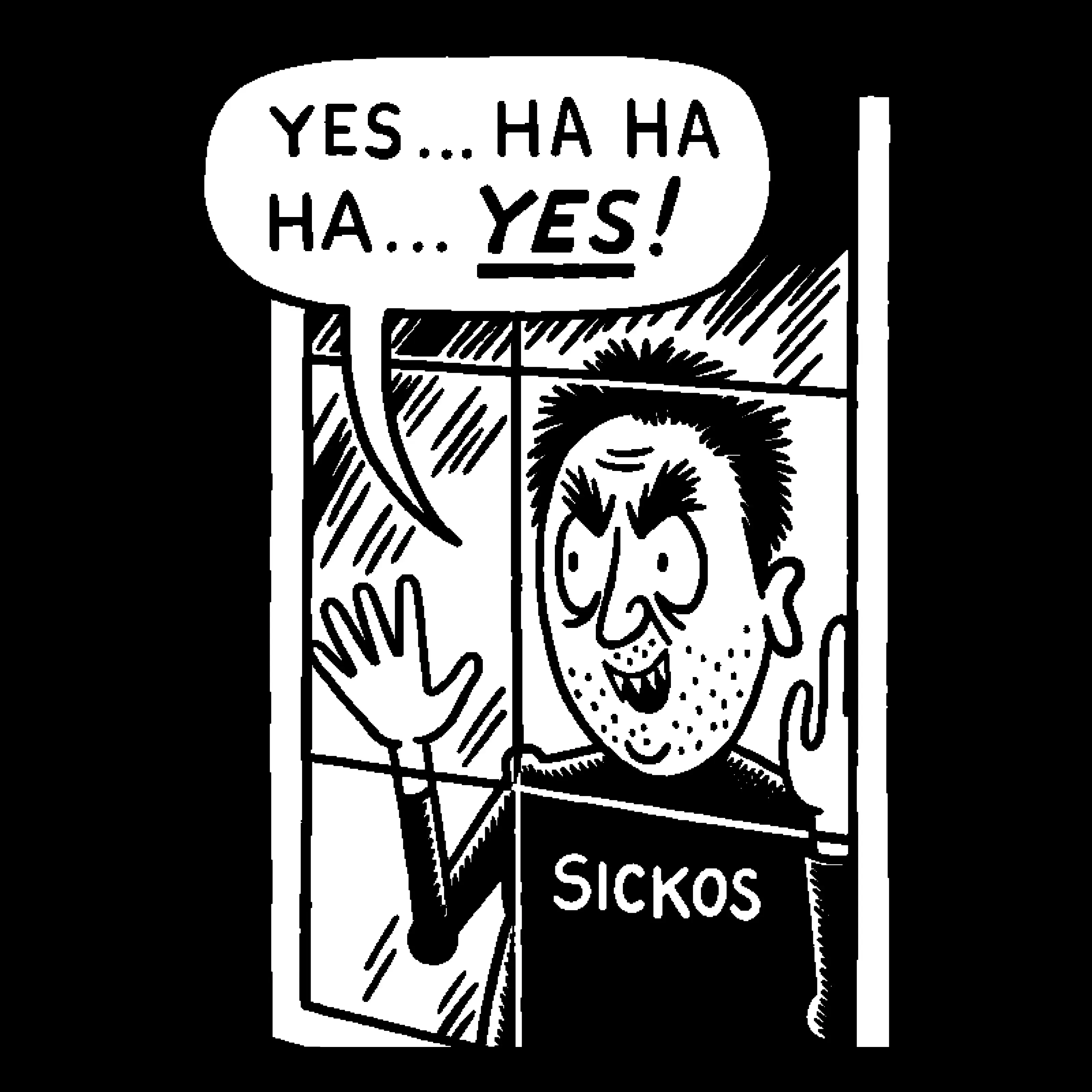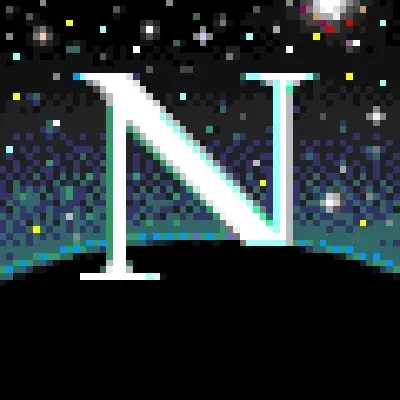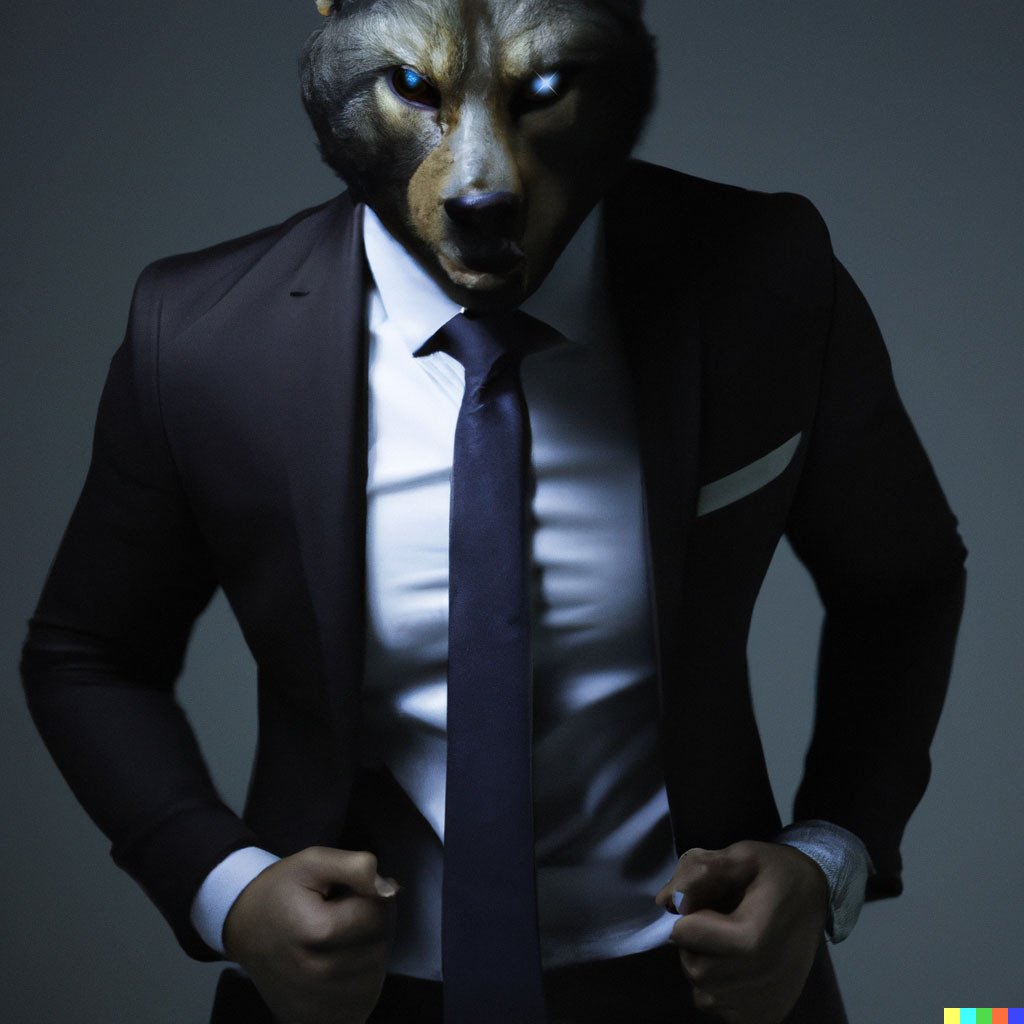lmfao
He was a master of comedy even though it wasn’t his focus. He just wanted to make cool art, and to him his movies were like moving paintings. I think Wild at Heart could be his funniest film.
I think the original quote was something like “Eraserhead is my most spiritual film” “Elaborate on that.” “No.”
James Hoffman is dead??
/jk, but this meme is really too sad to joke about…
That comment was really
awful, just super nasty and totally uncalled-forinteresting.
I believe the actual quote is “Eraser head is my most spiritual film”.
I imagine you are right
“Yeah! The real primary colours are CMY!”
Also bullshit.
Our RGB primaries are a simplification that comes from availability of pigments. While blue was originally a very rare and valuable pigment made from precious stones, it was still more available than magenta or cyan, which are made synthetically.
All of the following is taking paint mixing into mind.
When looking at a continuous colour wheel:

You can see where each colour sits on the spectrum. When you consider a RBY palette, we are limited to essentially the colours in this triangle:

Mixing a vibrant Purple or Green is often difficult with a basic rby colour palette, and a Magenta or Cyan is impossible. We define a primary colour as “foundational colours that cannot be created by mixing other colours”, which means that CMY are real primaries, right? Well, if we look at the CMy palette:

We DO get a wider range of colours, but you’ll notice that a true purple, green, blue, and red are still outside of our range. You can get a pretty close red with Yellow and Magenta, but it will never be as vibrant as a pure Red pigment. So then Red is a primary?
When painting, you should use the colours that you need for the work, and mix from there. The ‘primary colours’ are a tool to teach students the theory of colour mixing. It is not a perfect guide, but teaching complex colour theory to novice painters is just intimidation. Most people get an intro to art, learn RBY, and then leave art, don’t think about it again until a TikTok titled “school LIED to you” introduced CMY.
EDIT: this is from the perspective of an artist. I am not an expert, and certainly got something wrong in here, but the primary argument has always annoyed me
In printing it’s a little different, but if you need an exact color you can add it to the process, much like adding a varnish or other fancy finish.
Orange was always a problem when I was a designer. It had to be specific, you had to send a Pantone chip along, hope it hadn’t faded or changed color over the years (or buy new ones constantly) and then it still came out different than planned.
Well written!
Yes we can use any colors as “primary colors”, I use 6 when I paint (plus burnt Sienna & Umber because I’m lazy).
The colors you chose lets you mix up paints in a gamut, a gamut of colors is what you can get from those “primaries” that constitute said gamut.
Cheers.
Are you confusing subtractive and additive colors? For subtractive (used for e.g. paints) you use CMY, with white being what you get with no colors and black is a perfect mix of full CMY. With subtractive each color takes light away.
Additive (used for lights) works the other way round: the base colors are RGB. No light colors is black, all light colors is white. Adding another color in additive adds more light.
So, sure, if you use additive base colors in a subtractive process, you will get garbage and vice versa.
The real fascinating thing is that Impossible Colors exist, which means it’s kind of impossible to actually represent all colors or impossible to precisely represent them.
Imo it seems colors are relative to how our brain and eyes are adapting to their current field of view, meaning the color you experience is not fully dependent on the light an object actually reflects nor the activation of your rods and cones but is dependent on the way your brain processes those signals with each other. Ergo, you can’t actually represent all colors precisely unless you can control every environmental variable like the color of every object in someone’s field of view and where someone’s eyes have been looking previously etc.
Pedantic, but anything measurable and continuous is impossible to precisely represent. π/e meters for example.
If you want to be even more pedantic you could say no metre stick is exactly 1 metre long according to the current definition of a metre. If you want to be scientific then all of them are within some reasonable range like 1.000 ± 0.002 m. If you want to be historic then at one time there was a perfect metre stick
In 1799, the metre was redefined in terms of a prototype metre bar. The bar used was changed in 1889, and in 1960 the metre was redefined in terms of a certain number of wavelengths of a certain emission line of krypton-86. The current definition was adopted in 1983 and modified slightly in 2002 to clarify that the metre is a measure of proper length. From 1983 until 2019, the metre was formally defined as the length of the path travelled by light in vacuum in 1/299792458 of a second.
Wait, what changed in 2019?
After the 2019 revision of the SI, this definition [of the metre] was rephrased to include the definition of a second in terms of the caesium frequency ΔνCs.
And here I thought the primary colors were RGB
RGB are the additive colors (light projected) CMYK are the subtractive colors (light reflected)
Any set of colors can make a primary color palette. It’s just that we most often mean for human eyesight.
Even then, when talking about perception, because the response of red and green comes in our eye overlap we need imaginary colors to uniquely express them. https://upload.wikimedia.org/wikipedia/commons/thumb/e/eb/CIExy1931_ProPhoto.svg/1280px-CIExy1931_ProPhoto.svg.png
There are different sets of primaries used when we talk about screen, print, light, and paint.
Most people learn RBY through painting, whether as a child, or in art classes at school, and assume it applies to all colour.
Who?
David Lynch, an influential filmmaker
Thanks for letting me know.
He also has a very iconic voice, I’m sure you’ve heard it somewhere in your lifetime.
Rest in piece friend
I’ve seen his art exhibition in Prague just two days ago, watched the Twin Peaks movie yesterdey, and definitely going to watch the series soon.
Twin Peaks is great. The Return is phenomenal so definitely push through the first season of TP which can be a bit clunky
The first season is still excellent 90s TV. The middle of the second season is questionable though
The show gets boring very suddenly, then equally suddenly gets great again. Turns out, Lynch left the show for that exact period.
Its been a while since I did a full watch through but doesnt the case get solved in the middle of S2? I remember really liking the later half of S2 when the conspiracy stuff and all the different plotlines really got underway but I know this isnt a popular opinion
All 3 seasons are great though, but man, those first couple of 1 are dense and put me to sleep for years every time I tried starting it. Eventually I just had to sit down at 10AM on a Sunday with a (damn fine) cup of coffee and force myself through them
Yeah when Ben or Jerry goes full civil war miniature reenactment I remember thinking what the hell are we doing here exactly plot-wise
I loved that stuff and the cheap TV thriller plot of James getting abducted by a femme fatale in a mansion then running away to Mexico. And Donna manipulating a horrible representation of a young man with autism who lives next door to a magical baby David Lynch. and Cooper’s evil ex-partner who was never mentioned before coming back as the villain for the last four episodes. Just pure craziness
Shit. You shouldn’t watch the movie first, because it has major spoilers for the series in it.
Noooo, how was I supposed to know? I checked some movie database and there was no word about that :(
Who cares? Can’t put the genie back in the bottle now.
Sometimes I’m glad I can’t be spoiled. I’m literally always along for the ride
Well, not for you, but for somebody else reading this. I think people assume that because the movie happens first chronologically that they should see it first. (When it was actually created after the series as a prequel.)
I prefer chronological order from the perspective of the contents of the media. But in torn because I also want them in the order the author/writers came up with them.
That being said for large bodies of works with multiple writers, like the battletech universe, i enjoy not having spoilers more
‘Twin Peaks’ is definitely the case where the film was made for those who already saw the series. Basically, one can treat it as a flashback in the series. Kinda the same way as flashbacks in ‘Simpsons’ and such are not to be watched first.
I miss him so fucking much bros


But they aren’t. They’re the colours corresponding to the peak frequency responses of the cone cells in your retinas.
Not really

This comment is total fucking bullshit.
Elaborate on that.
No.
oh shit he ded?!
Sorry you found out this way. I found out by randomly coming across
 in LA.
in LA.That’s more shocking than seeing a random post on Lemmyn
yeah, most of those offerings look like trash. maybe there’s something about LA culture i don’t understand.
I knew already but feel the same way every time I hear about it :'(
Earlier this year, yeah. Feels like forever ago though
Jesus Christ… That was only January? Ive aged 5 years since then.
I was so sure it was around the time that covid began. I still just can’t believe it was this year, this feels like some Mandela effect shit (I don’t actually believe in that, just saying it it feels).
A lot of formulaic stuff in media is bullshit. So much shit is done for no other reason than because it worked once before. Primary colors are one of them. Story structure; forget the actual name of it but every story doesn’t need to be arranged in that particular order of start, build up, conflict, resolution (Pulp Fiction is a great example of something that ignores this rule). And more.
It’s the inverted checkmark, but Pulp Fiction is rearranged so that all the different stories fit onto the inverted checkmark at the same time
Primary colours are not made up, they are the approximate peak response frequencies of the cone cells in your retinas.
They kind of lie to us a bit in school when they teach us that to simplify the actual case. Other people have posted the actual curves.
L cones are most responsive to yellow-green, not red.
M cones peak in the green-cyan range.
S cones are most sensitive to violet rather than blue.
The whole RGB and CMYK mixing works observationally for us. But the biology behind it isn’t as neat and as clean as the story they tell us when they’re teaching us about the primary colors.
Have to link this
https://m.youtube.com/watch?v=OQiQk8AJ0YI
David Lynch on iphones
Watch to the end!
I think this has lost some truth with the advent of very high definition oled phone screens in fairness. I’m a quality whore and having my phone very close to my face is a decent experience for most movies.
Obviously for stuff like Interstellar or Dune I’m going big.
To me it sounds horrible, unergonomical, full of distractions if in the public…
But yeah it’s mostly funny how he hates it.
Do what u want!
Afaik he sorta changed his position later on, or rather said that he would be making content for phones from then on. I imagine he still wasn’t happy with watching a traditional film on a phone.
they are, it comes back when we were way more limited in paint colors… should be cyan, magenta, yellow.
Right, CMY for ink, RGB for light though.
this image is pretty helpful. With light you’re starting with white (the center of the left diagram) and subtracting colours to get your ideal colour. With ink, you’re adding colour to get your ideal colour, and adding all of your colours will get you to black.
Your intuition is on the right track, but it works “the other way around”.
RGB are additive primary colours, because the colour you see when you look at something that emits light is the actual colour of the light. And so when you mix two coloured lights, the colours add up (additive colours). And adding every colour gives you white.
CMY are instead subtractive colour, because when you look at something that does not emit light, the colour you see is just the light that bounces off of it, while some colours get absorbed. So when you mix paints, the resulting paint absorbs more colours, and you only see what’s left, so the colours subtract down (subtractive colours). And subtracting everything gives you black.
P.s. mathematically, any three independent colours could be used as primary. Independent means that you can’t get any of the three by mixing the other two (i.e. blue, red, and purple are not independent). But those two triplets are the most obvious choices. You might recall that as a kid, they taught you that primary colours were Red, Blue and Yellow instead of CMY, and yet mixing worked fine.
Oops, you’re right! That’s what I meant to say but I got mixed up
Uhm… No.
It depends on you doing additive or subtractive colour mixing.
Additive mixing (e.g. light, in the form of colour LEDs or similar colour sources) must utilise RGB, due to how physics works.
Subtractive mixing (such as, printing, painting, etc.) on the other hand is better off with CMY+K for higher precision, again, for physics reasons.
ummm… yeah i know.
primary colors are from subtractive mixing, ie mixing paint… like i said.
and it originated from back when they couldn’t make a good cyan or magenta, so the color wheel had blue and red instead.
you’re supposed to be able to mix the primary colors to get any other color, but that’s bullshit unless you want it to look like a medieval painting.
additive color came a few centuries later with electricity and artificial lighting and is not relevant.
CMY(K) are also no good primary colors.
they look pretty good to me
Well, Plato had some unique ideas about colors, too. He was a genius nevertheless…
























